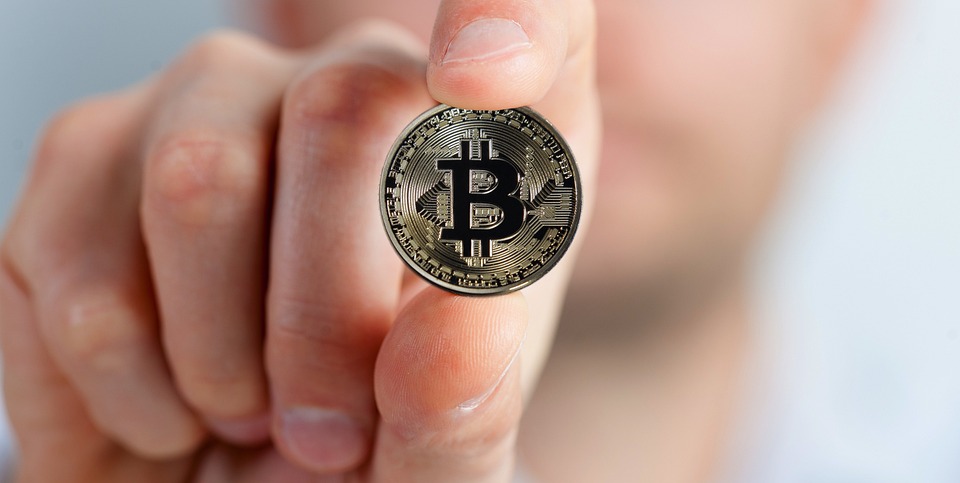The Potential of DeFi (DeFi) and Its Impact on Traditional Finance
The rise of decentralized finance, or DeFi, has been a game-changer in the world of finance. With its innovative blockchain-based solutions, DeFi has the potential to disrupt traditional financial systems and revolutionize the way we think about money, lending, and investing. In this article, we’ll delve into the potential of DeFi and its impact on traditional finance.
What is DeFi?
DeFi, short for Decentralized Finance, is a network of financial applications and services that operate on blockchain technology. It allows users to access financial services without the need for intermediaries, such as banks, brokers, and governments. DeFi platforms use smart contracts to automate transactions, settlement, and record-keeping, ensuring trust, transparency, and security.
The Potential of DeFi
DeFi’s potential is vast, with numerous benefits for both individuals and institutions. Some of the key advantages include:
- Accessibility: DeFi platforms are accessible to anyone with an internet connection, regardless of geographical location or traditional financial Institutions.
- Cost-effectiveness: DeFi transaction fees are often lower than those of traditional financial institutions, making it a more affordable option for micro-transactions and small-scale transactions.
- Security: DeFi’s decentralized nature and use of blockchain technology ensures that transactions are secure, tamper-proof, and transparent.
- Liquidity: DeFi platforms can provide higher liquidity due to increased market participation and 24/7 trading, making it easier to buy and sell assets.
- Decentralization: DeFi is not controlled by a single entity, reducing the risk of censorship and giving users more control over their finances.
Impact on Traditional Finance
The rise of DeFi has significant implications for traditional finance, which may need to adapt to the new landscape. Some potential consequences include:
- Disintermediation: Traditional financial institutions may need to rethink their business models, as DeFi platforms reduce the need for intermediaries and automate transactions.
- Increased competition: DeFi’s low fees and high liquidity could lead to increased competition for traditional financial institutions.
- New regulatory challenges: DeFi’s decentralized nature and global reach may require new regulatory frameworks that balance competition and consumer protection.
- Investment opportunities: DeFi’s growth potential could attract traditional investors, seeking to capitalize on the emerging market.
Challenges and Limitations
While DeFi has significant potential, it is not without its challenges and limitations. Some of the key hurdles include:
- Regulatory environment: DeFi’s decentralized nature requires a regulatory environment that is still evolving and creating uncertainty.
- Liquidity risk: DeFi’s high liquidity can be both a blessing and a curse, as it can lead to market volatility and increased risk.
- Security concerns: DeFi platforms are not immune to hacking and security risks, which can lead to loss of funds and damage to reputation.
- Adoption: DeFi’s complexity can be a barrier to adoption, particularly for those without technical expertise or familiarity with blockchain technology.
Conclusion
In conclusion, DeFi has the potential to revolutionize the way we think about finance, making it more accessible, cost-effective, and secure. However, DeFi’s growth also presents challenges and limitations, which require careful consideration. As DeFi continues to evolve, it is crucial for traditional finance to adapt and innovate to stay competitive, while also ensuring regulation and consumer protection. The future of finance is decentralized, and it’s exciting to see where this journey will take us.

